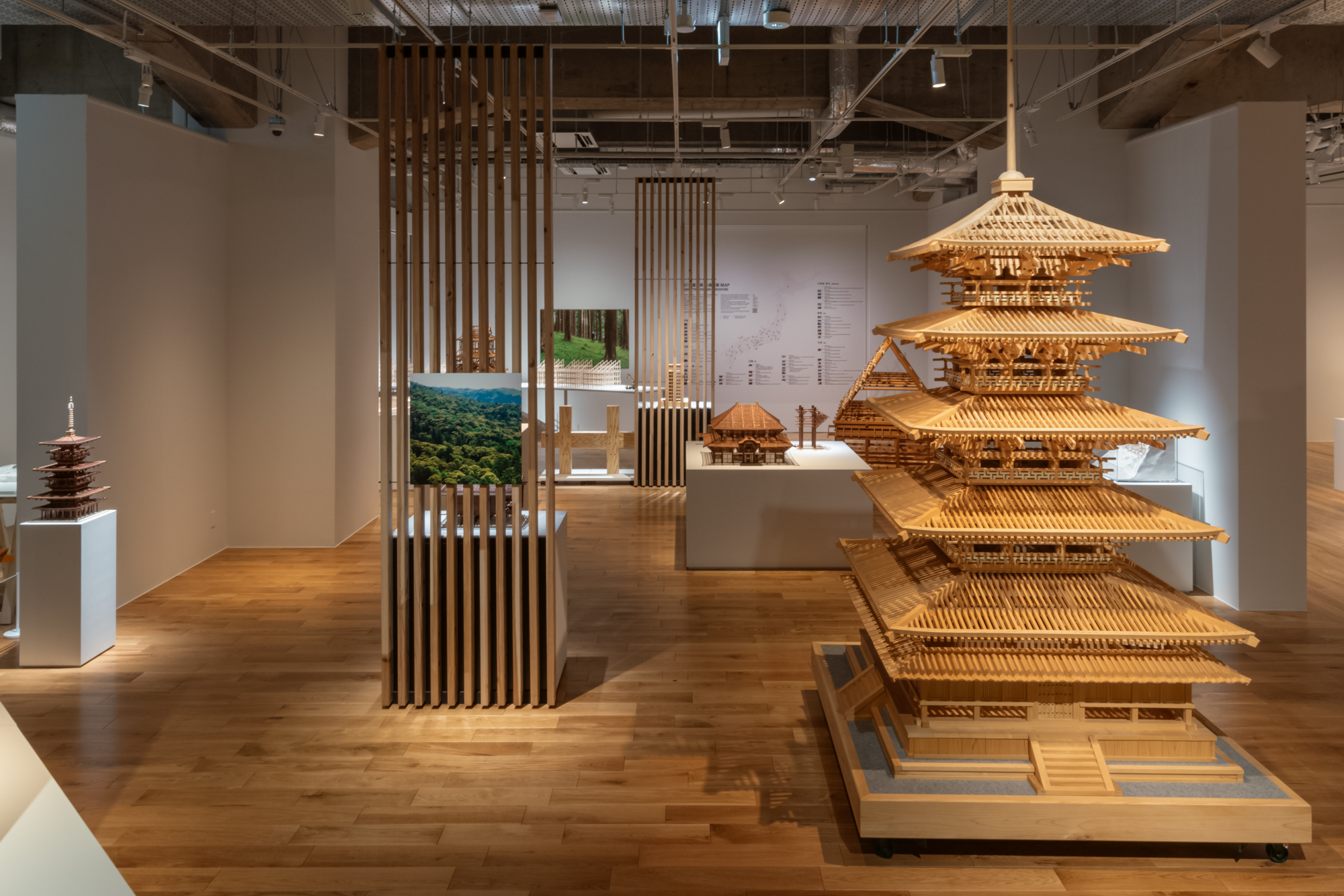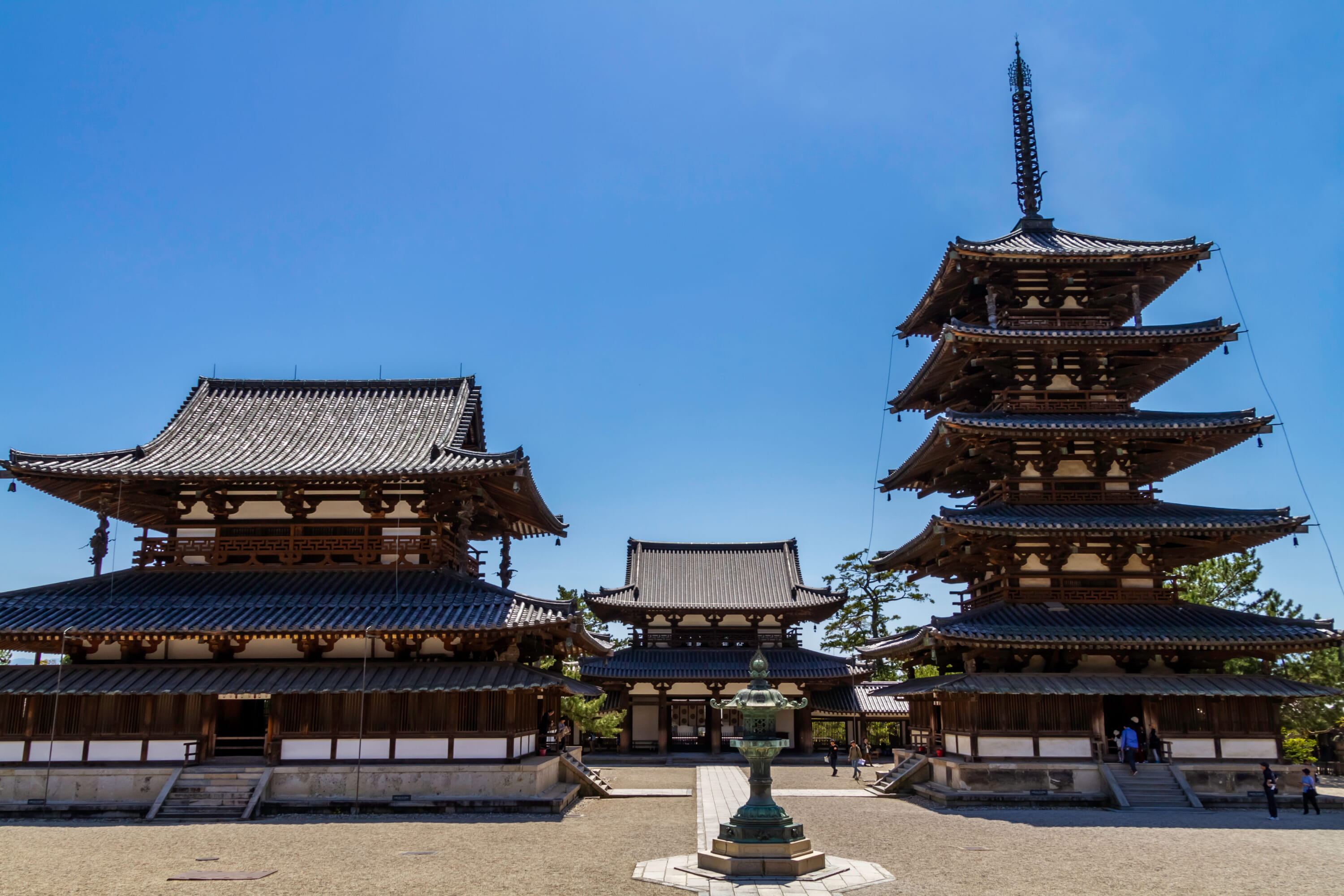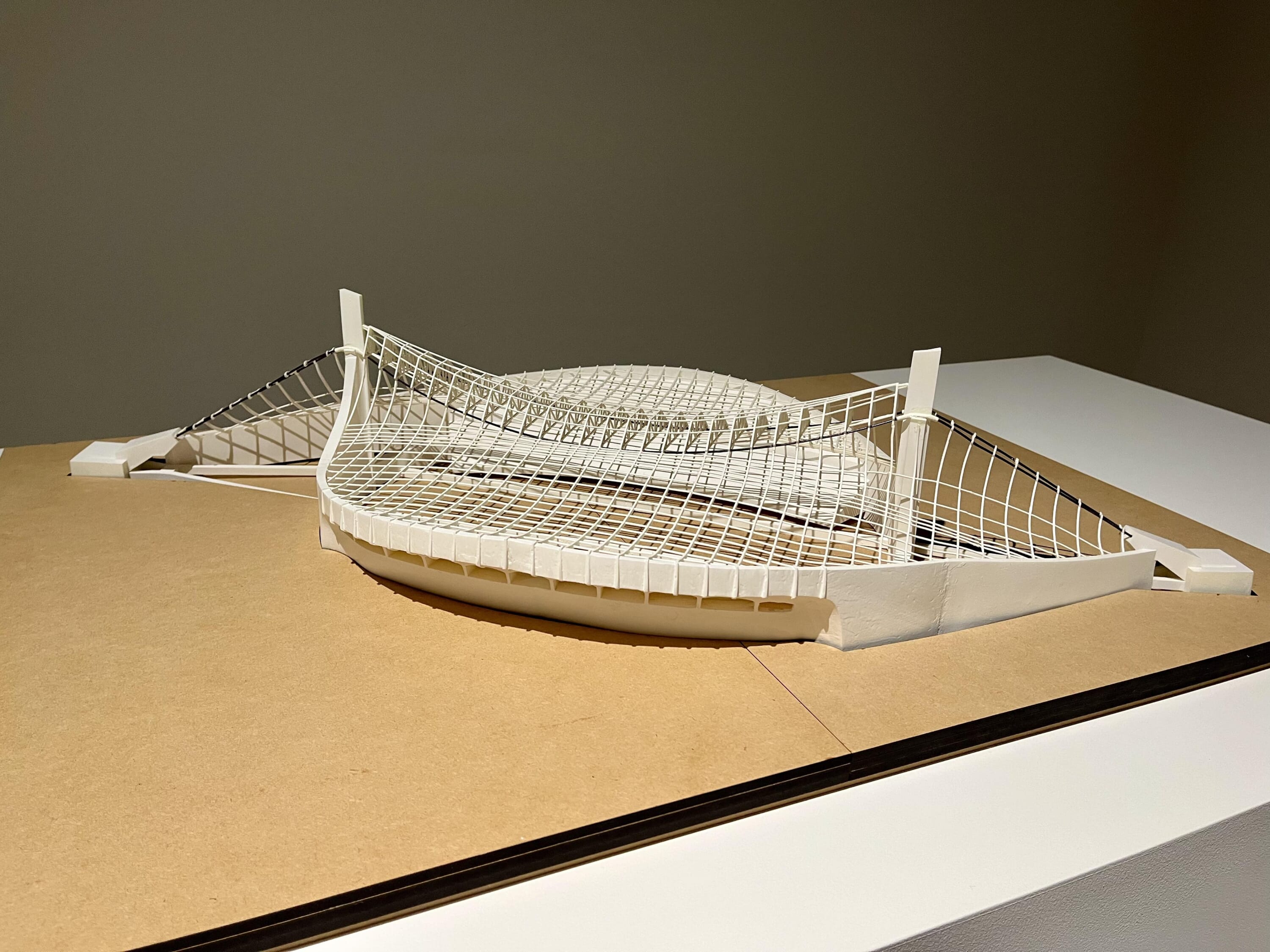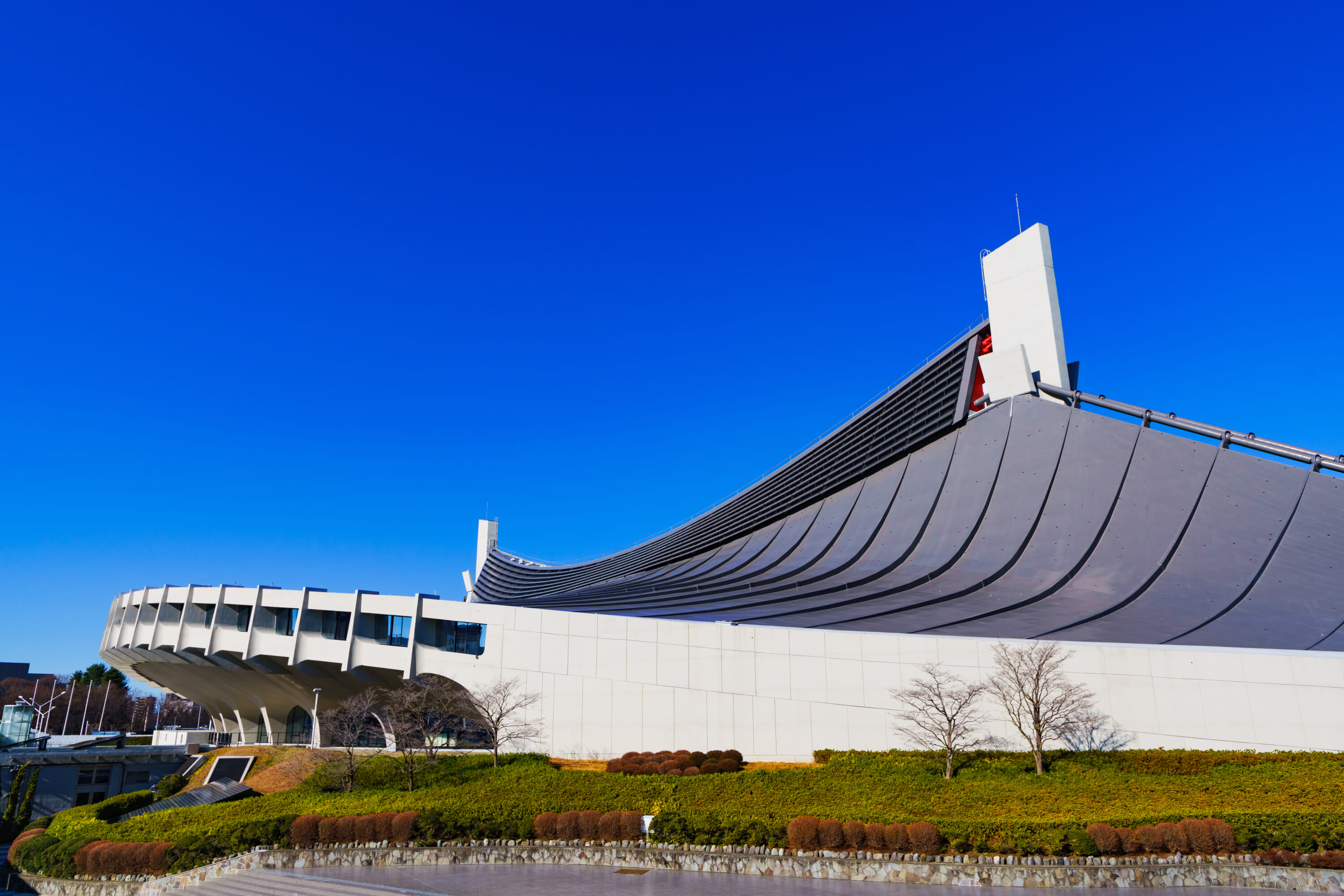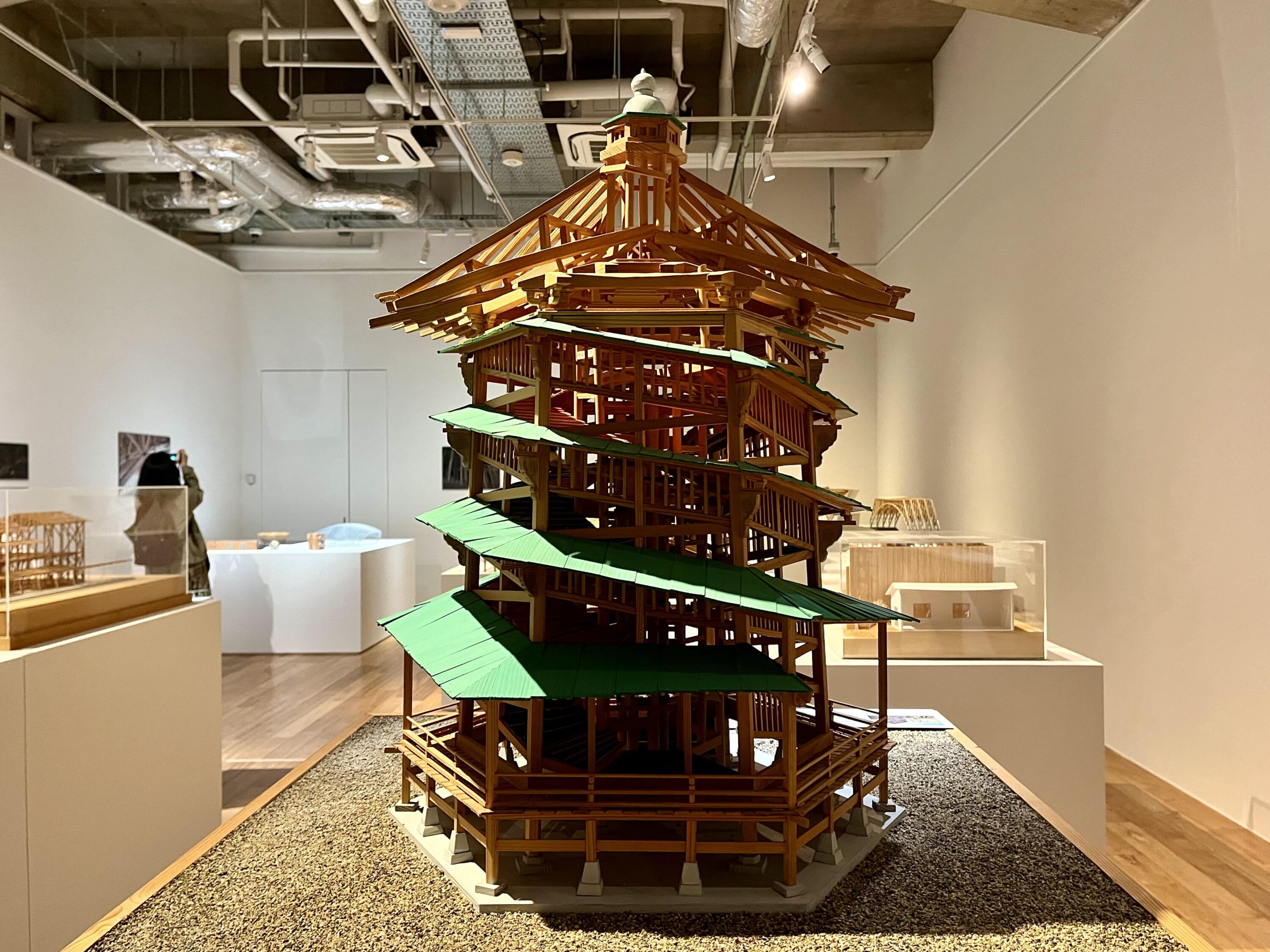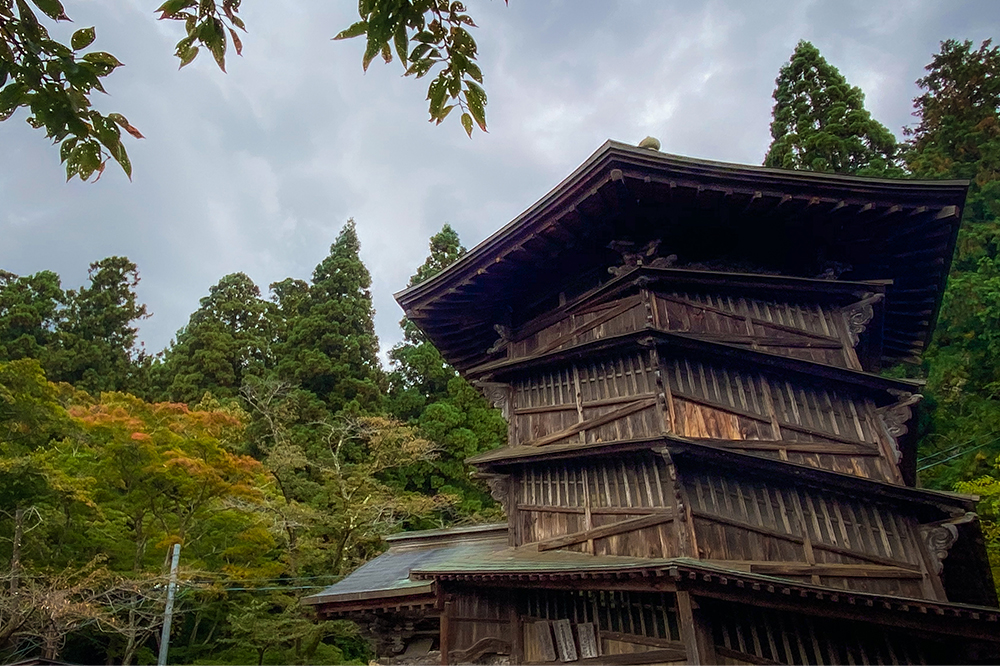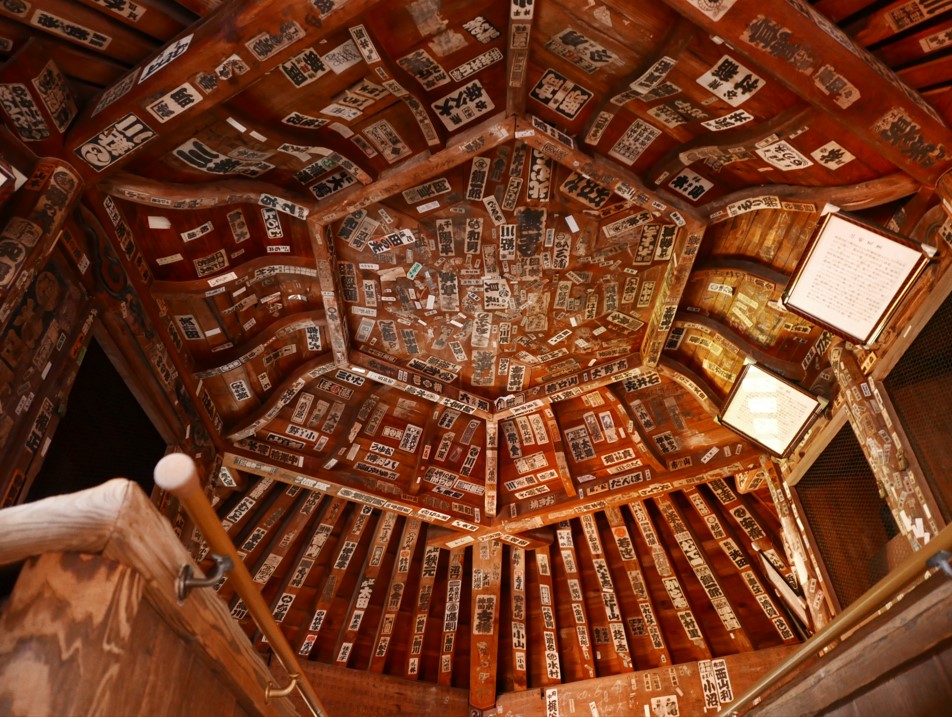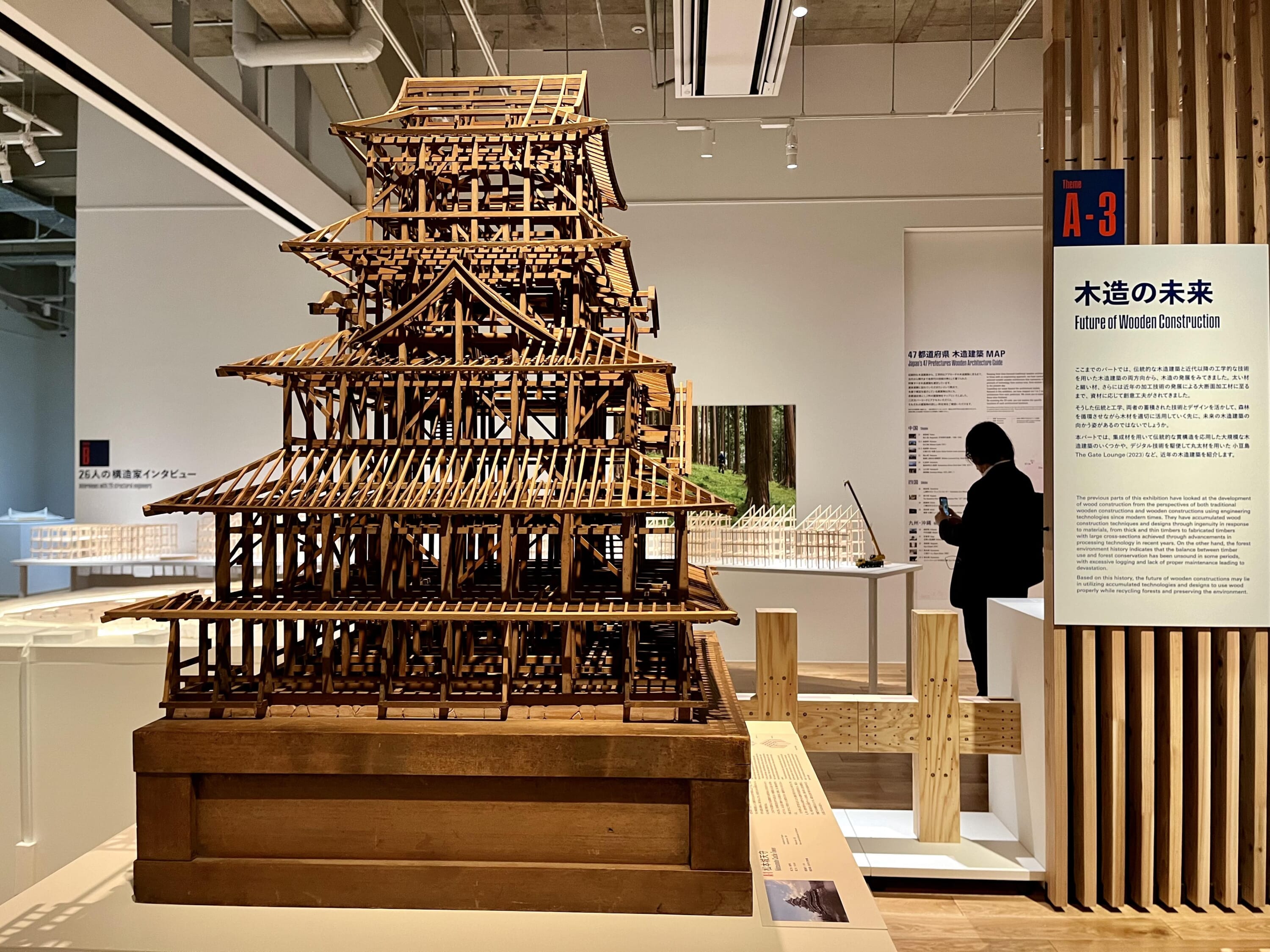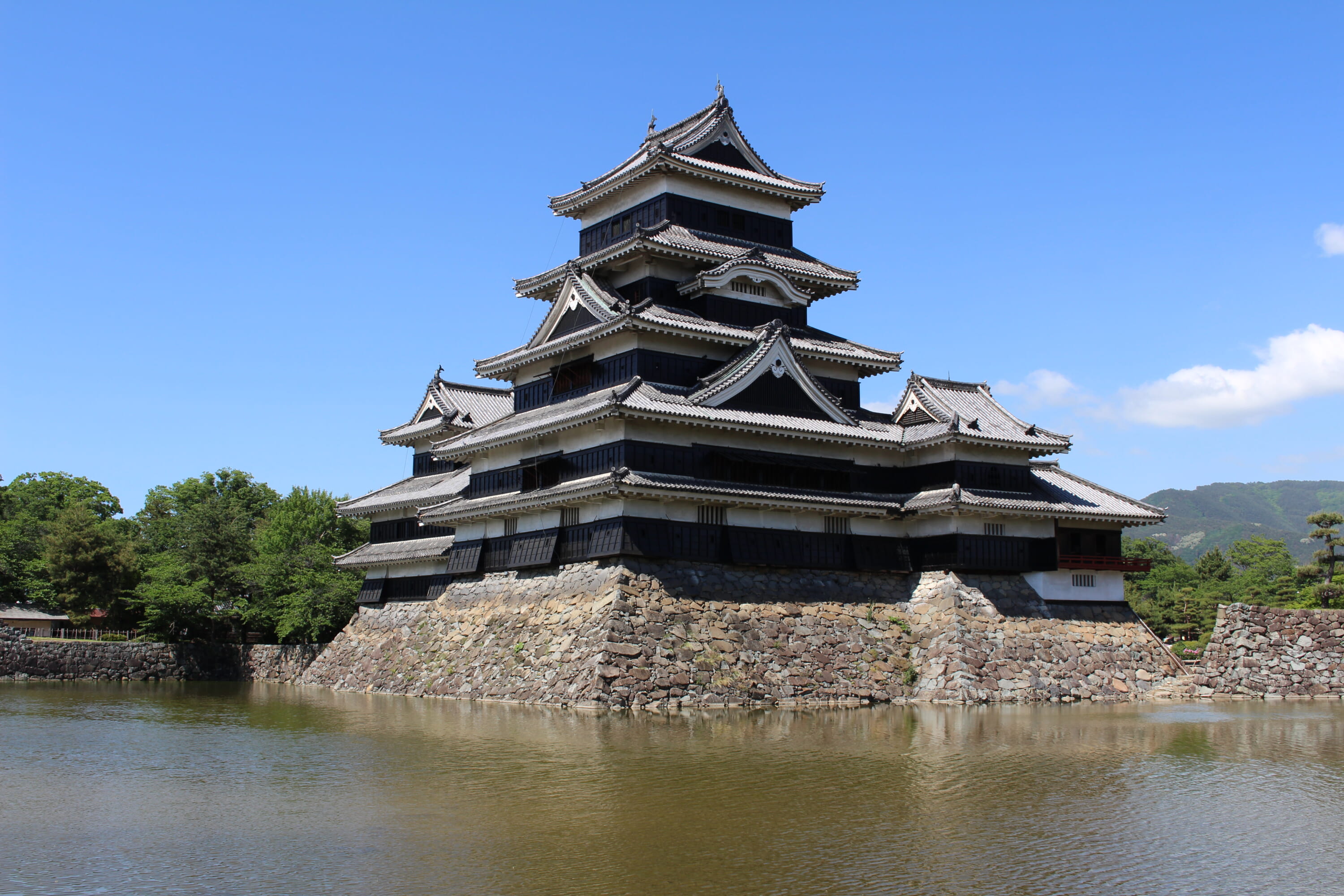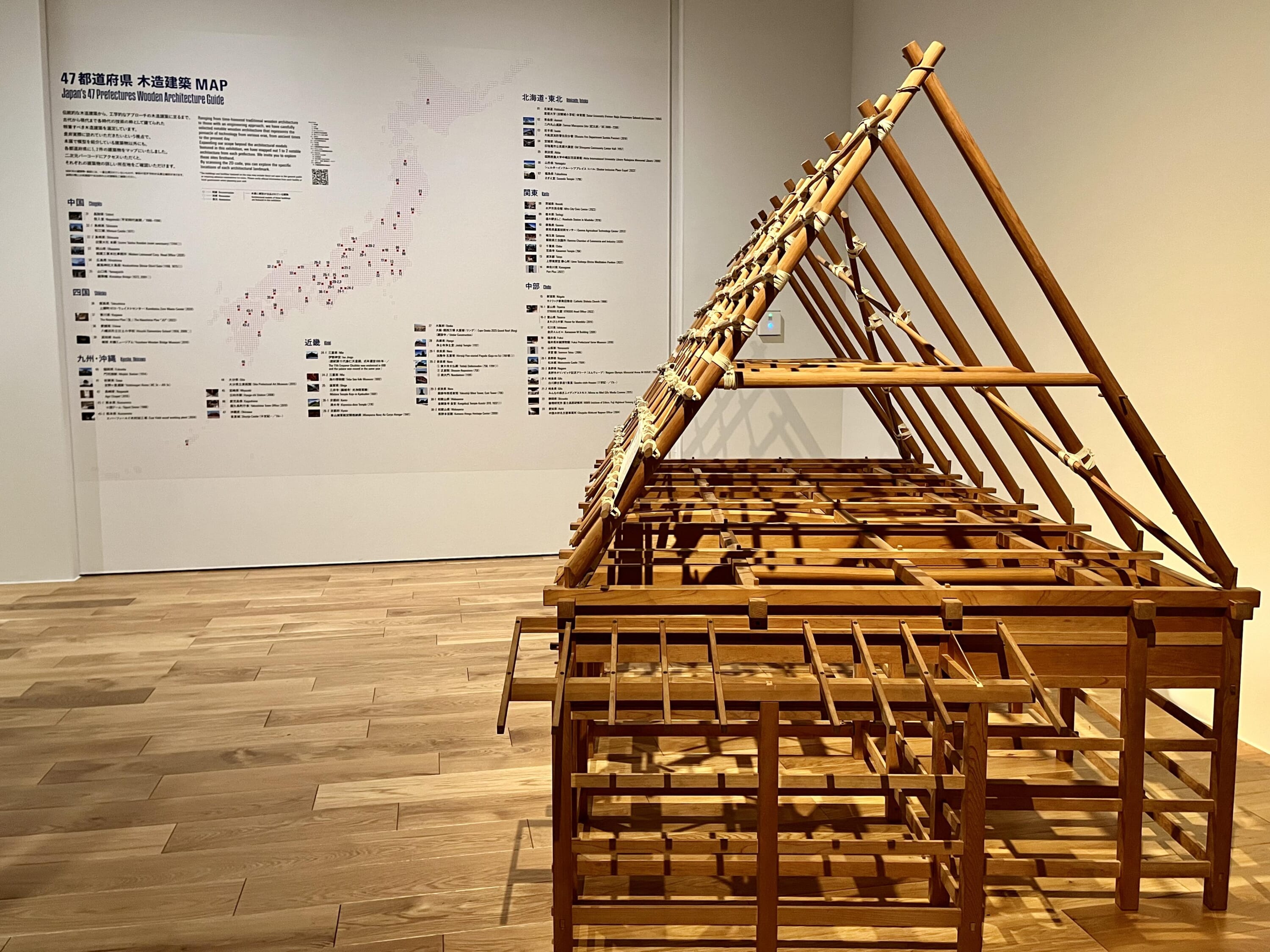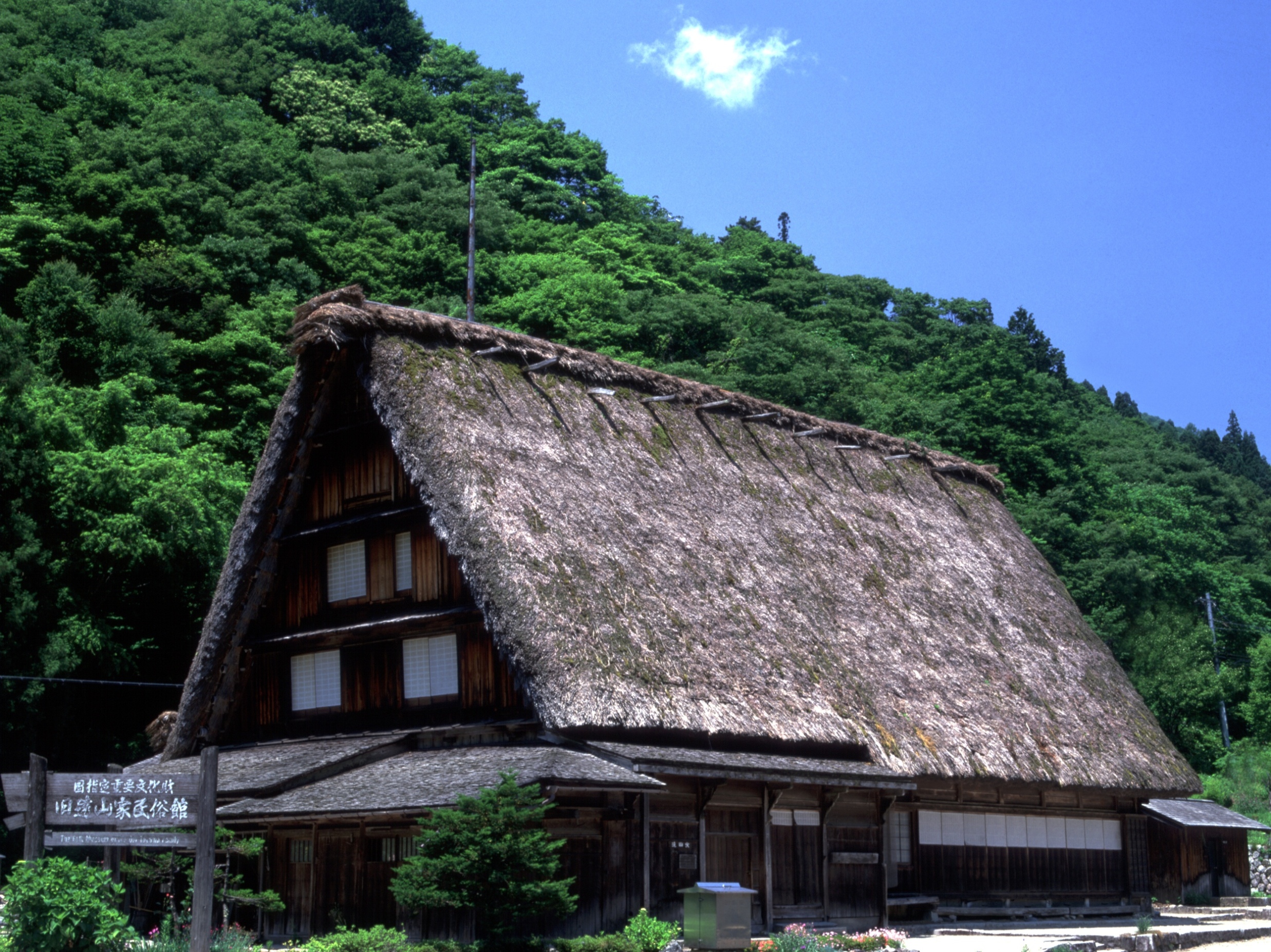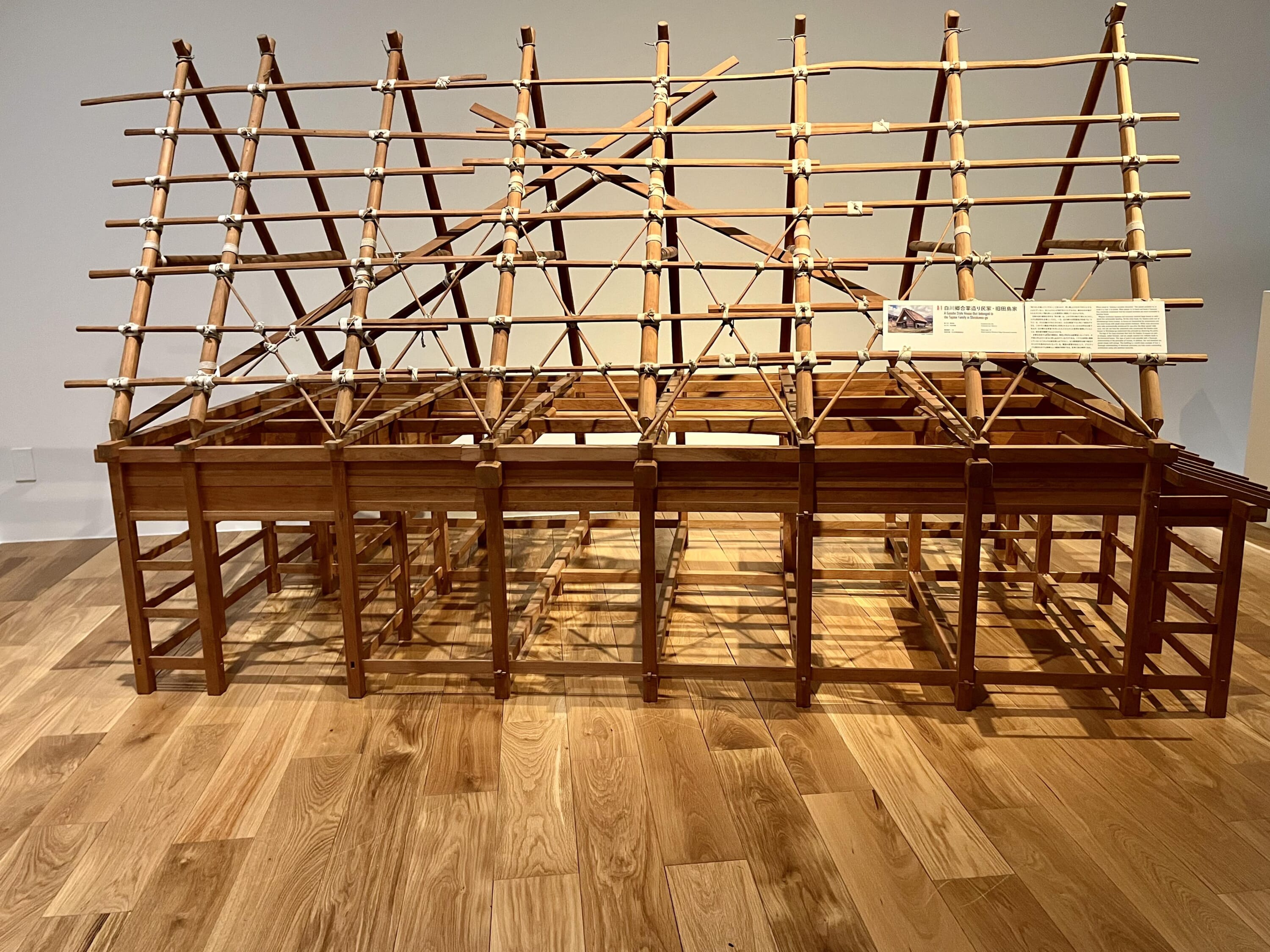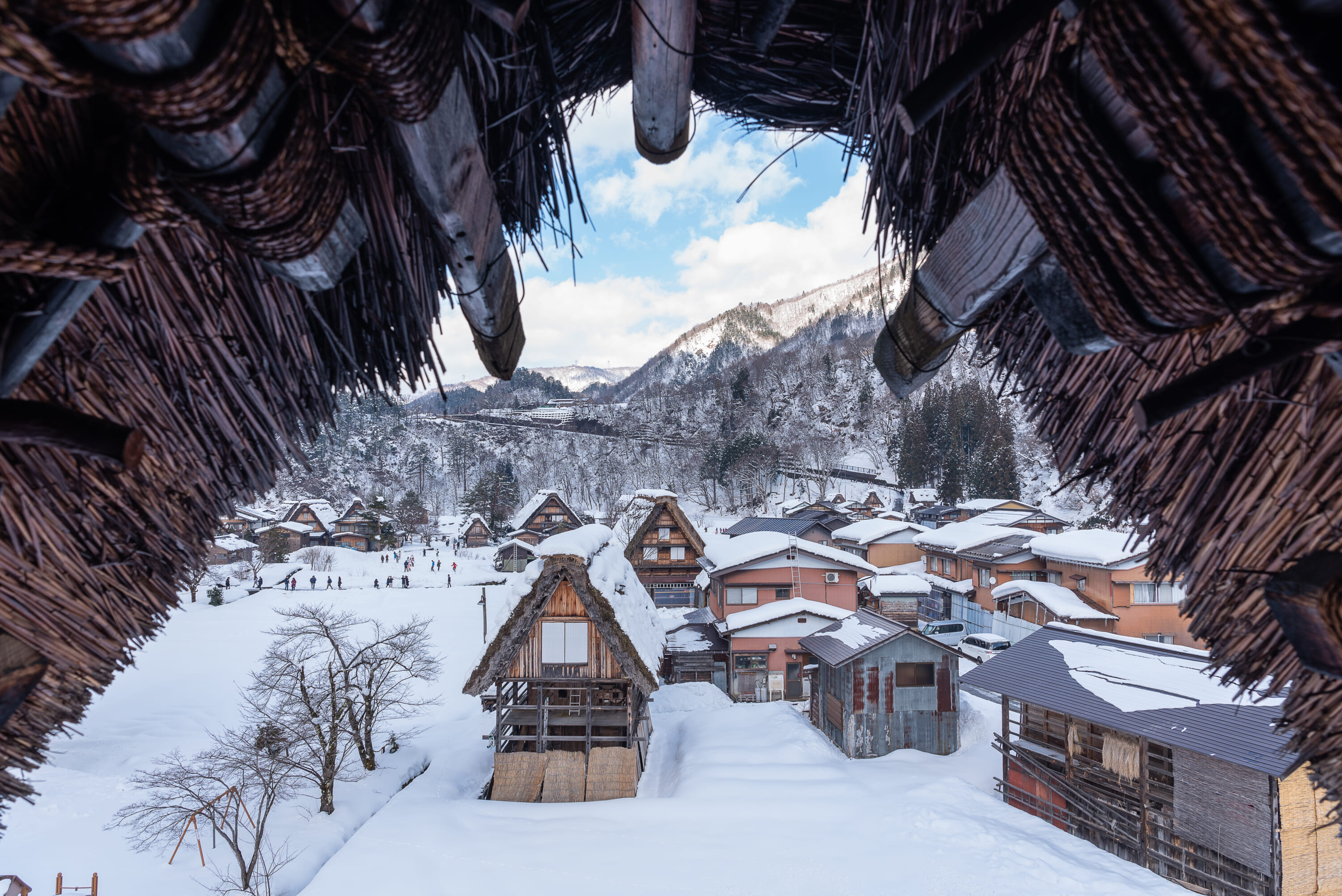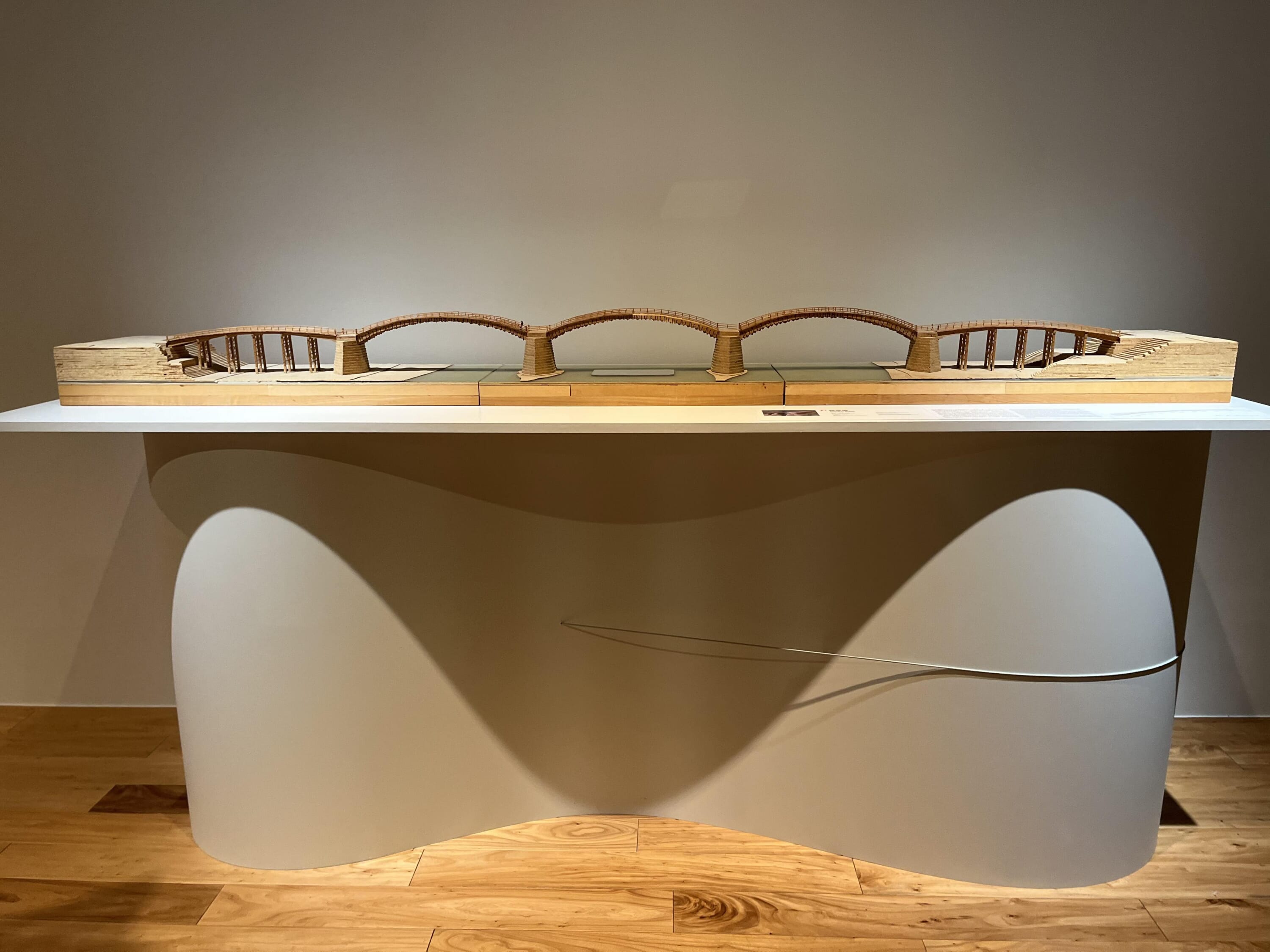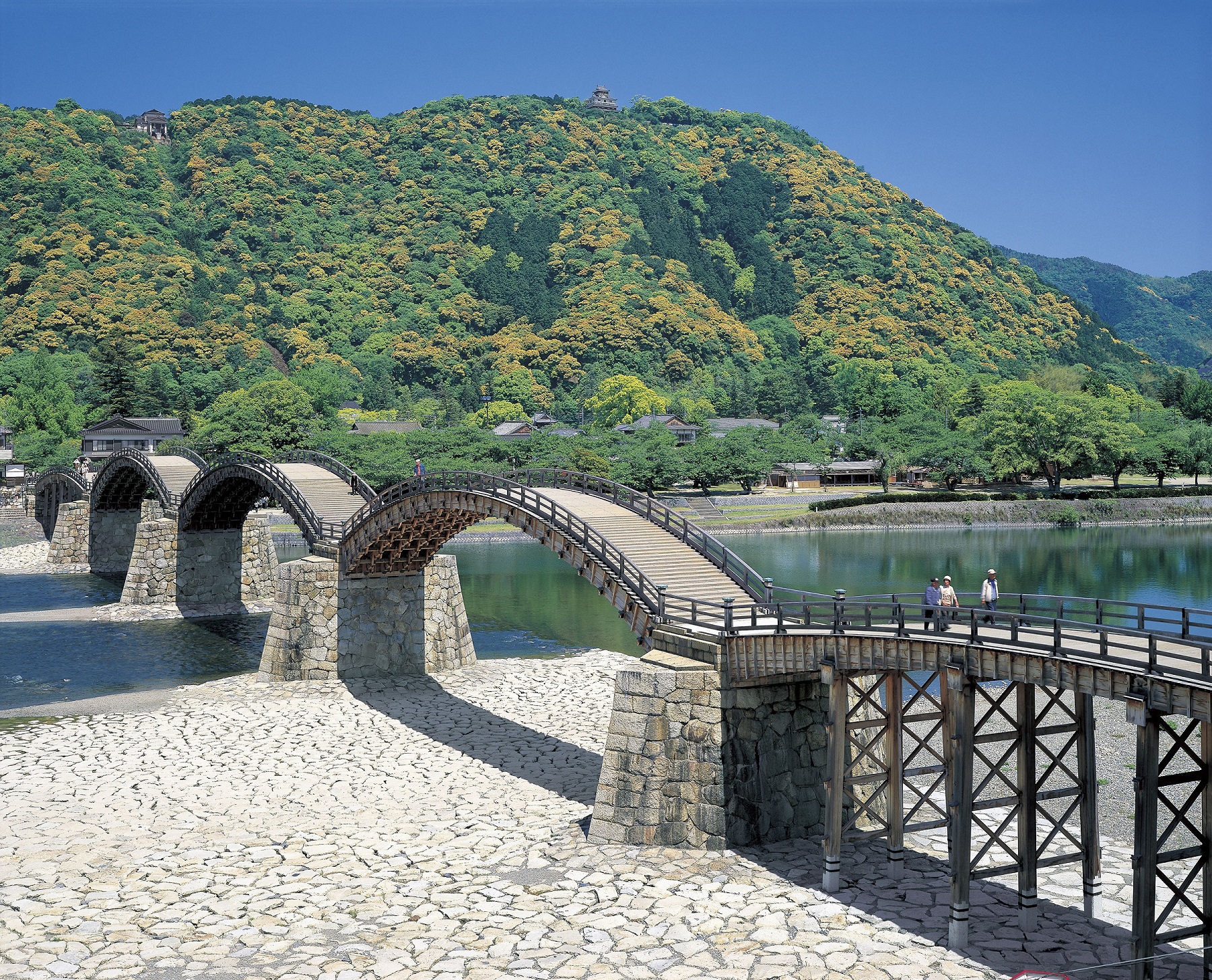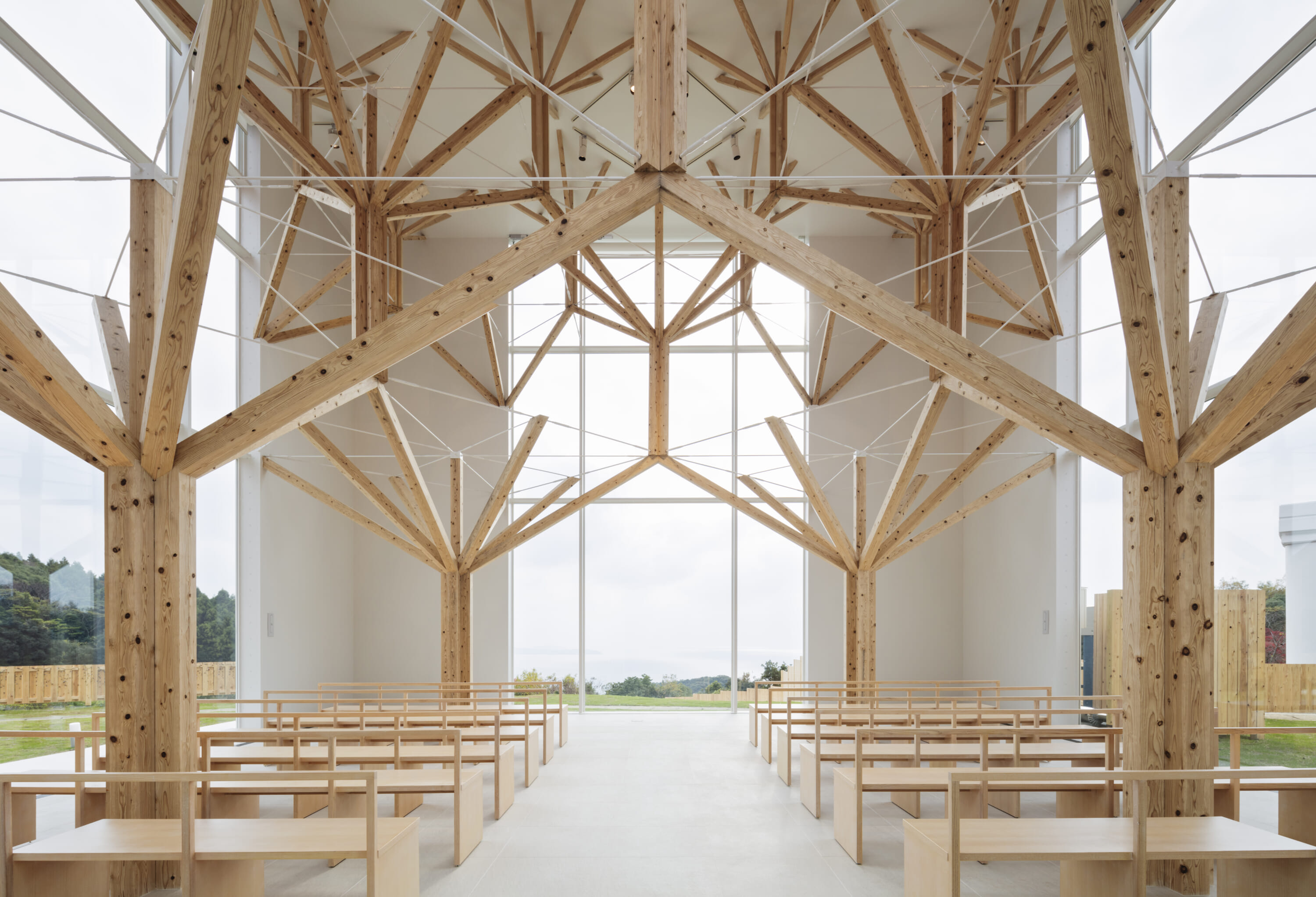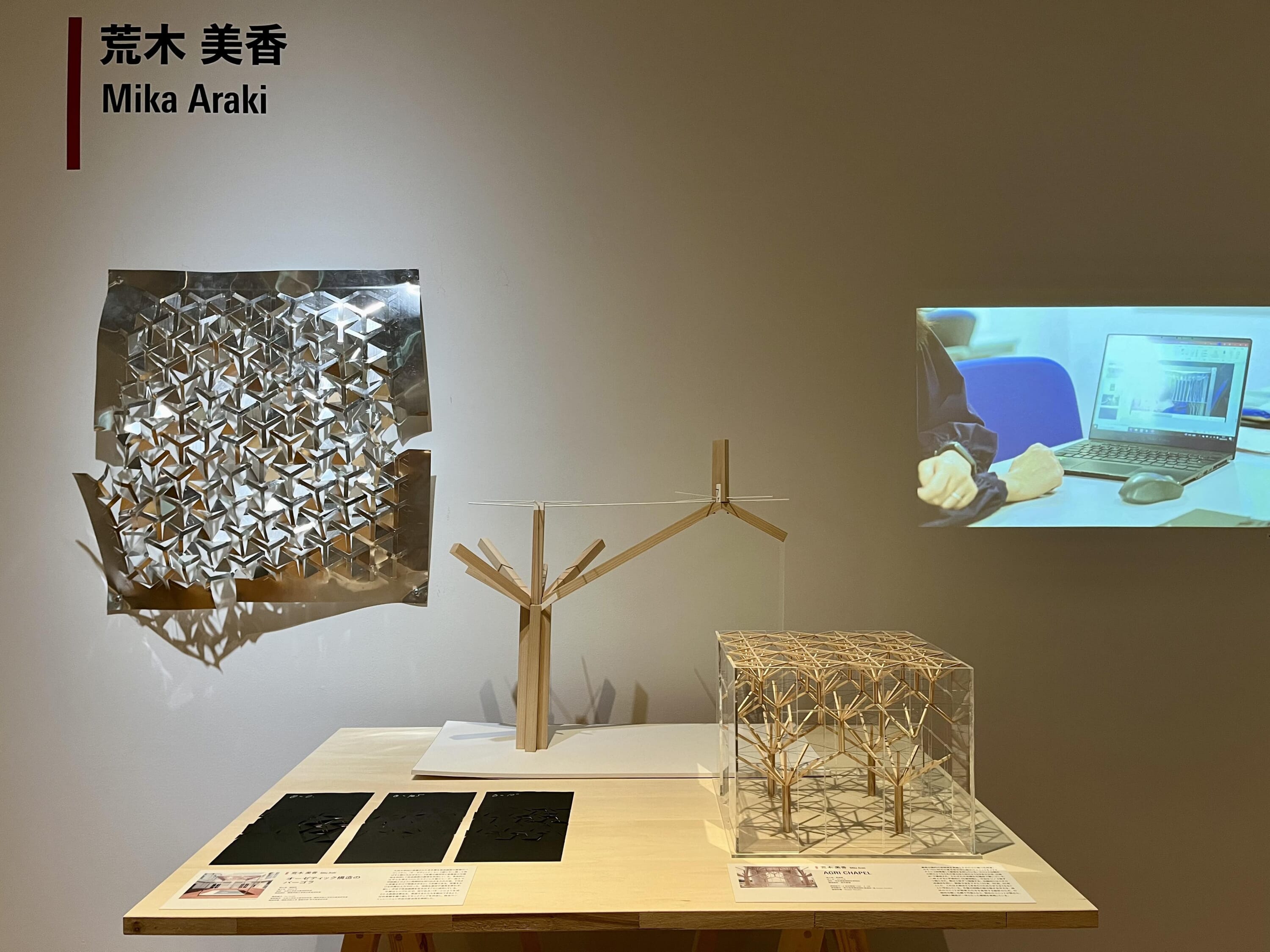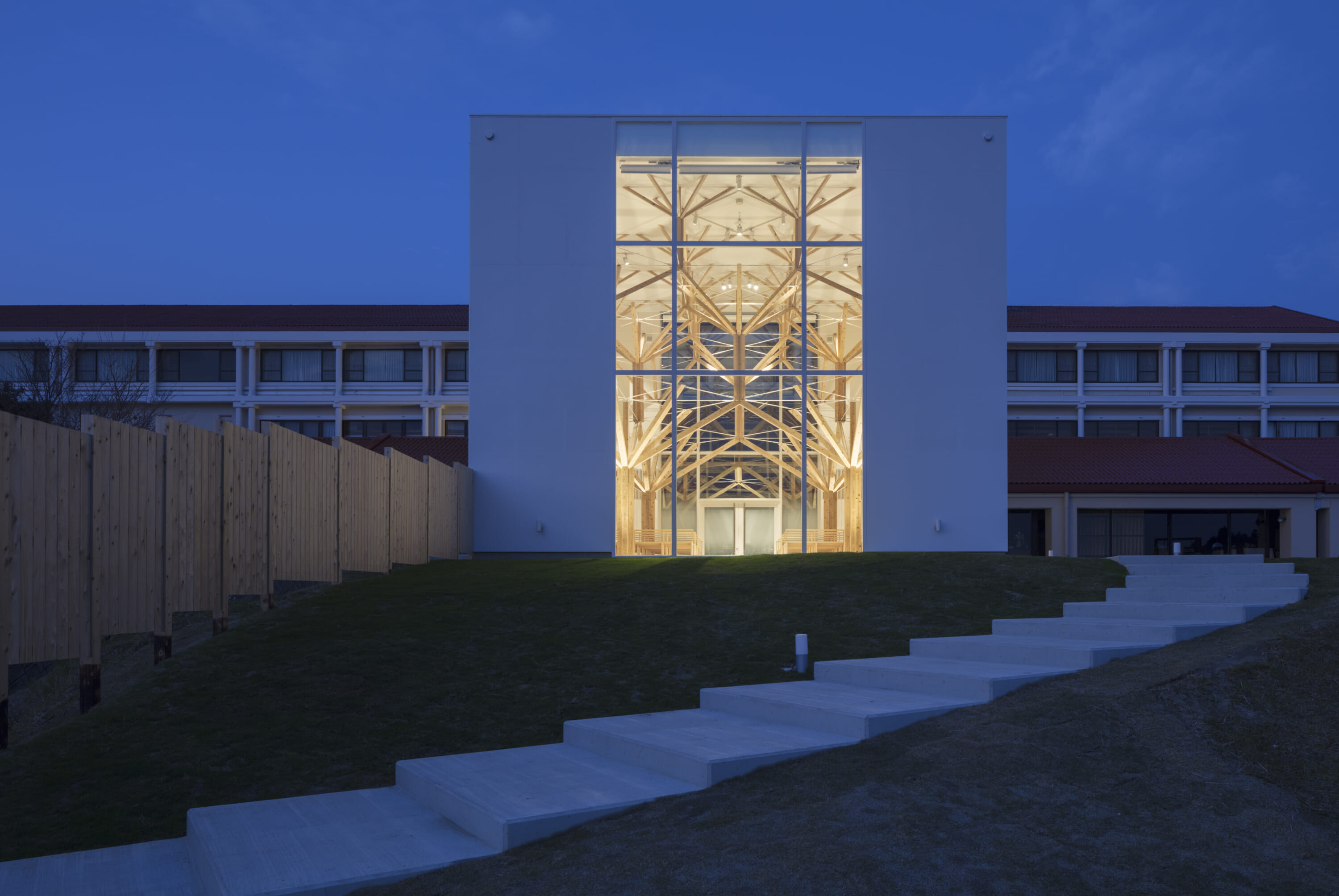Architects design buildings, but how do they know their plans won’t collapse? They have structural engineers.
What Museum in Shinagawa is presenting part two of Sense of Structure: From Horyuji Temple to the Universe (SoS) through August 25. This exhibition, spotlighting the overlooked field of structural engineering, displays architectural models that range from ancient temples to lunar base camps. As curator Ikue Kondo explained at the show’s opening, structural engineers create building frameworks by considering how construction materials work with natural forces such as gravity and wind. Here are seven Japanese wonders of structural design shown in SoS that you can visit yourself.
Horyuji’s Five-Storied Pagoda
Constructed around 1,400 years ago, the Five-storied Pagoda (Goju-no-To) at Horyuji Temple in Nara Prefecture holds the distinction of being the world’s oldest surviving wooden building. The 32.5-meter tower owes much of its longevity to its structure. It’s built around a central pillar of Japanese cypress with flexible joints allowing it to withstand seismic shocks. The model at SoS stands approximately 3.6 meters high and was made by a retired carpenter who wanted to understand how Horyuji was originally constructed.
Yoyogi National Stadium
Tokyo’s iconic Yoyogi National Stadium was conceived by Pritzker Prize-winner Kenzo Tange as the crowning jewel of the 1964 Tokyo Olympics. Championship sporting events including swimming and figure skating have been held here, as well as concerts for artists like Queen. It comprises two gymnasiums. The first is split by an elegantly draped roof, while the second is a bowl-shaped gym featuring a conical ceiling. The site is still used for athletic training and competitions.
Sazaedo Temple
Sazaedo Temple in Aizuwakamatsu, Fukushima Prefecture is a building like few others on earth. Designed as a “double helix” structure with a one-way wooden path winding up and down its interior, this Important Cultural Property was created so that visitors could complete a quicker version of the 33 Kannon Pilgrimage by allowing worshipers to encounter the same number of bodhisattva statues on a lengthy journey in one place. Originally constructed in 1796 and nicknamed for its twisting turban shell-like appearance , Sazaedo was the brainchild of the monk Ikudo. Leonardo da Vinci is thought to have planned a similarly spiraling staircase at the Château de Chambord in France.
Matsumoto Castle
The ever-stylishly black Matsumoto Castle is one of just 12 original castles still existing in Japan. The National Treasure is also special for being a five-story castle with a secret sixth level inside. The unconventional decision to build the keep on flat land (Matsumoto is in a mountain-surrounded basin) means its surroundings are both picturesque and easy to stroll around. Finally, in true Japanese fashion, the fortress boasts a watchtower solely for viewing the moon. SoS presents a detailed model giving viewers an up-close look at the castle’s impressive pillars spanning six stories.
Shirakawa-go
Deep in the idyllic countryside of Shirakawa village in Gifu Prefecture, the UNESCO World Heritage Site of Shirakawa-go is known for its thatch-roofed houses lovingly maintained by locals since the 1800s. Their A-frame style –– known as gassho-zukuri for their peaked roofs similar to hands folded in prayer (gassho) –– lets snow slide off in this region famous for frosty winters. The houses made with traditional wood construction techniques were once used for silk cultivation but now function as museums, lodges and, in some cases, still regular homes. SoS displays a large wooden model replicating a skeleton frame for the Tajima residence.
Kintaikyo Bridge
Kintaikyo in Kyushu’s Yamaguchi Prefecture is a rare timber arch bridge that has proved remarkably resilient over the centuries. First constructed in 1673 to serve the Iwakuni Domain’s samurai stronghold, Kintaikyo’s engineering incorporates European masonry and stands on stone bases. The last time the Nishiki River washed it away completely was in 1950, but thanks to flexible joinery, its superstructure managed to withstand a major typhoon in 2005. A small scale model from the University of Tokyo shows off the bridge’s curving form, resembling a dragon dipping and rising through the water.
Agri Chapel
A recent masterpiece of architecture and structural engineering is Nagasaki’s Agri Chapel, an altar-less chapel completed in 2016. Made for contemplating the forest and ocean of a surrounding nature preserve, this sanctuary with floor-to-ceiling windows is characterized by the fractal forms of its interior beams that imitate trees with outstretched branches. Inspired by the wooden gothic chapel Oura Tenshudo in the same city, the chapel received the 2018 Architectural Institute of Japan’s New Face Award. It also uses nail-less kanawa tsugi joinery like its ancient predecessor Horyuji.
If Sense of Structure leaves you with even more of an appetite for architecture, book a reservation for What Museum’s Archi-Depot. Located in the same facility, Archi-Depot stores more than 600 architectural models entrusted to it by architects, exhibiting some of this collection to visitors. Combined tickets with SoS are available for ¥2,000.
Related Posts
- Top Japanese Architects that Shape the Country
- 7 Places of Worship in Tokyo With Unique Architecture
- Hokkaido Travel Guide: 4 Must-visit Spots for Art and Architecture Lovers
Updated On August 13, 2024

